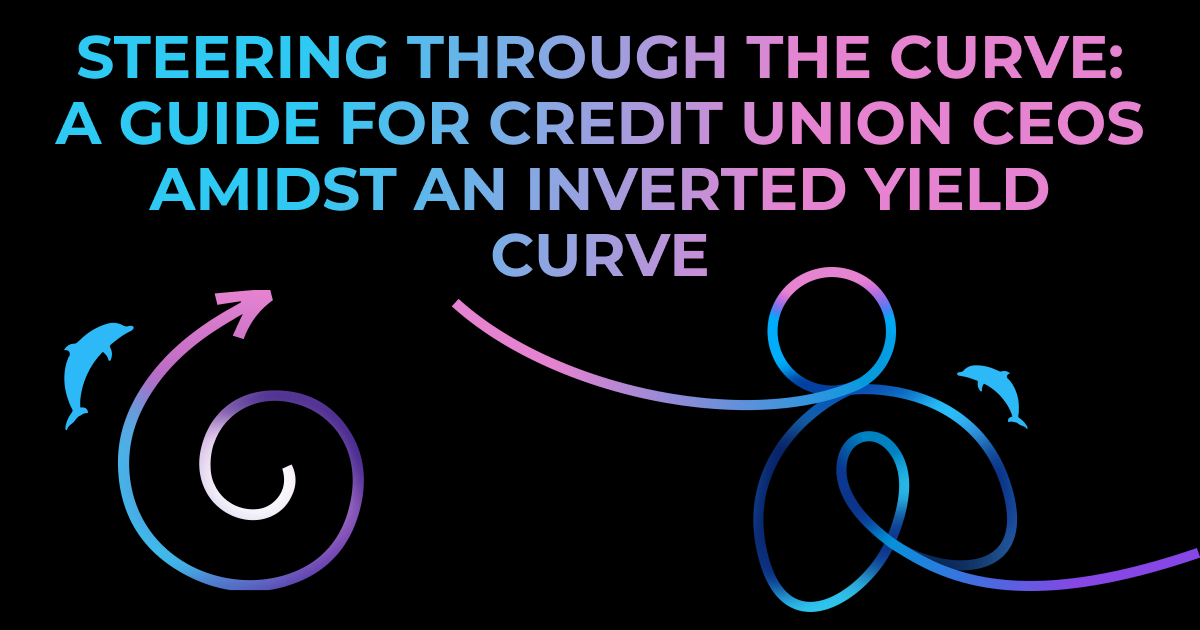In the financial echelons, an inverted yield curve is often viewed with a wary eye, signaling potential economic tumult. For credit union CEOs, this inversion manifests as a substantial risk, essentially due to the spike in funding costs and the subdued yields on long-term assets. As the captain of the ship, a Credit Union CEO needs to be well-versed with the stormy waters ahead and the strategies to navigate through them. Here are the key takeaways:
Understanding the Risk Landscape:
The core of the risk emanates from the escalated funding costs, driven by higher interest rates on deposits and borrowings, typically short-term in nature. Concurrently, the yields on long-term assets like loans and investments either trail or slightly surpass these inflated funding costs, squeezing the net interest margins.
Bracing for the Impact:
The repercussions extend beyond just the financials. The scenario also brews an increased risk of credit losses and heightens liquidity risk. The shrinking asset yields and the potential difficulty in offloading long-term loans and investments at a profit are challenges that loom large.
Mitigating the Risks:
- Fortifying liquidity reserves is a prudent first step to cushion against unforeseen funding exigencies.
- Diversifying funding sources can also dilute the risk, providing a more balanced financial footing.
- A robust interest rate risk management framework can help in understanding and mitigating the potential fallout of fluctuating rates on the credit union’s financial health.
In the face of the inverted yield curve, the roadmap for Credit Union CEOs is clear – a thorough understanding of the risks at hand, a well-strategized plan to brace for the impact, and a proactive approach in mitigating the risks to safeguard the financial health of the credit union. By steering through these turbulent financial waters with foresight and strategic acumen, credit unions can not only weather the storm but emerge with strengthened resilience and an enhanced capacity to serve their communities.
